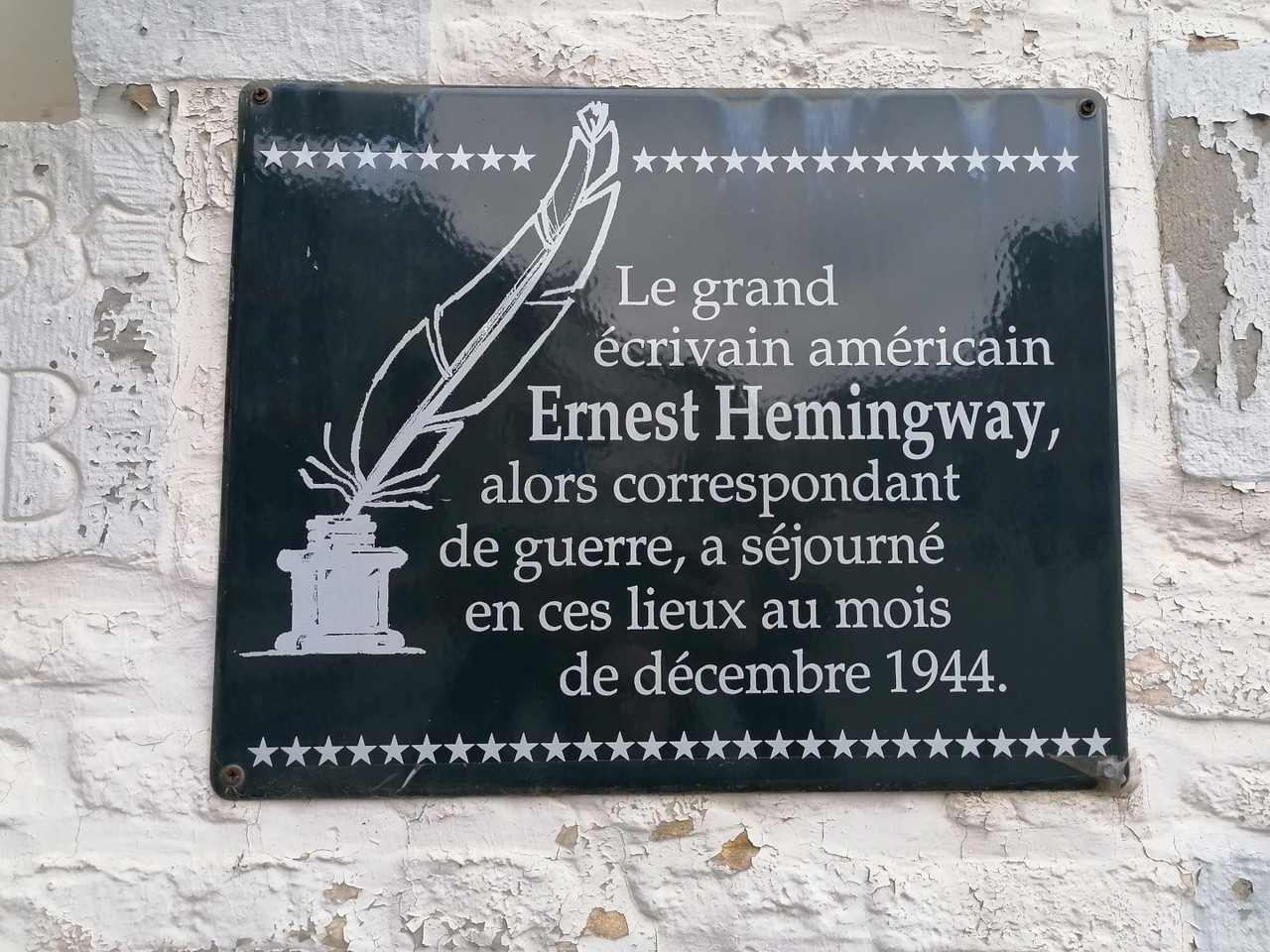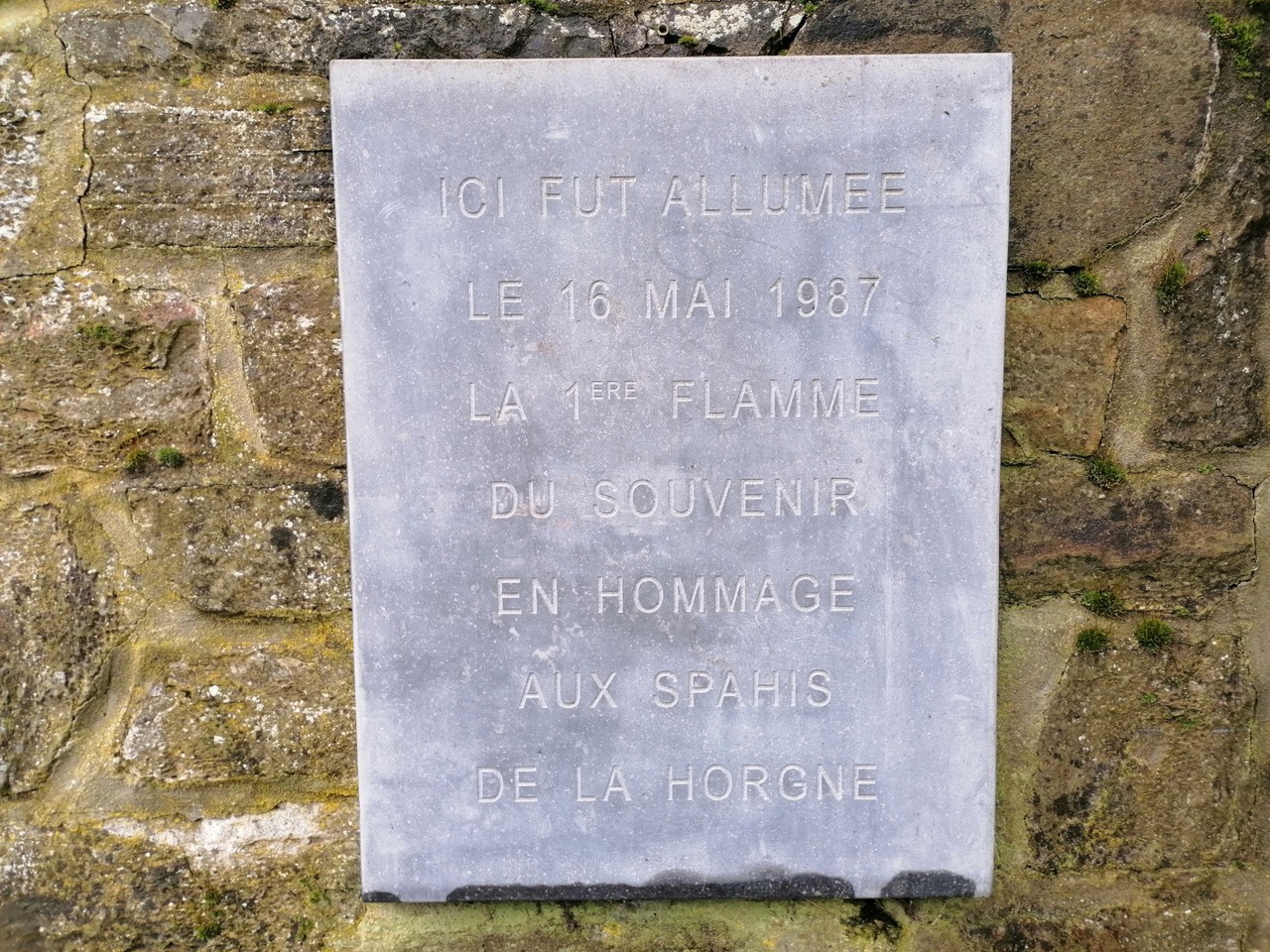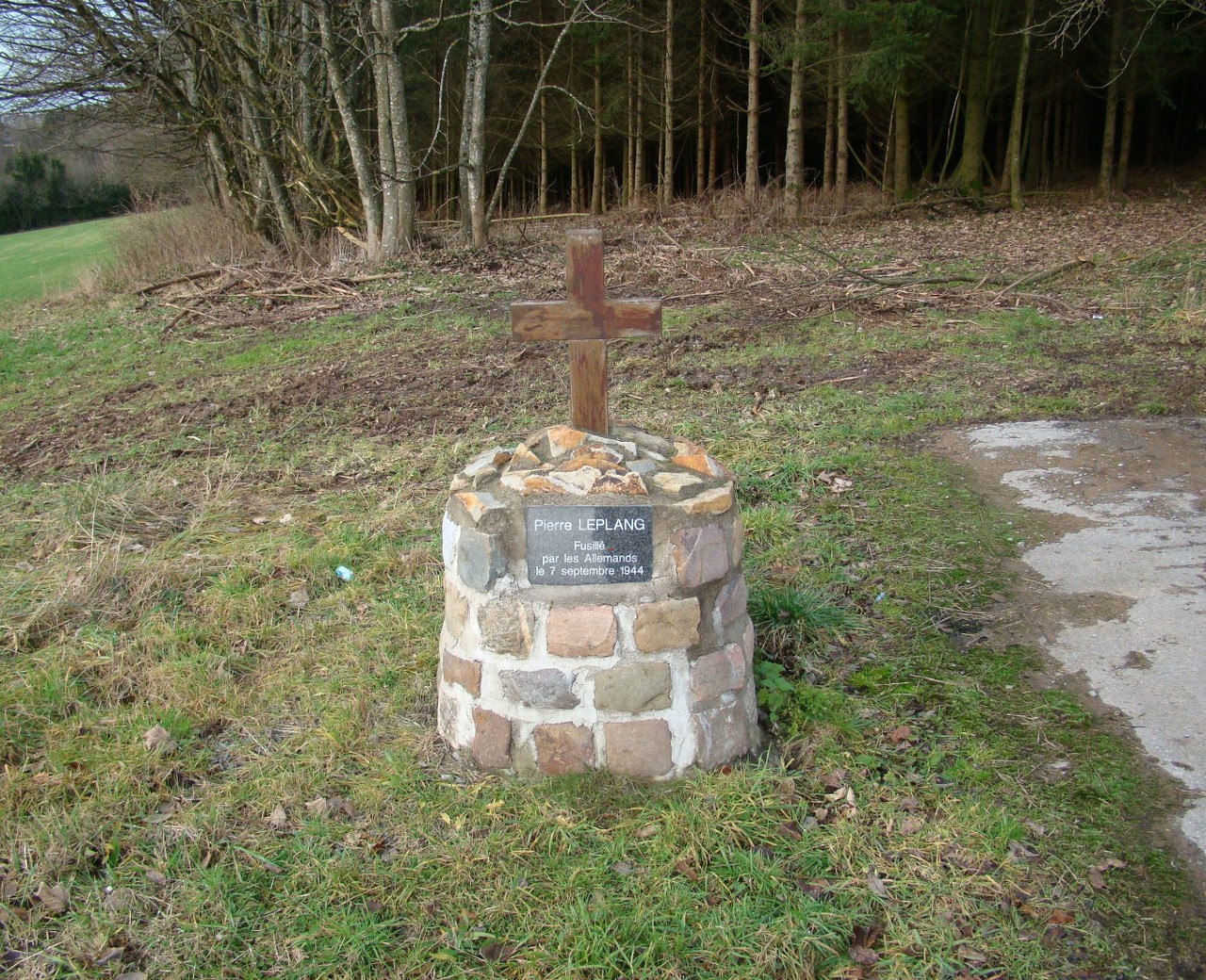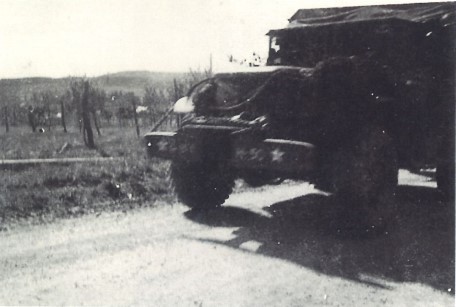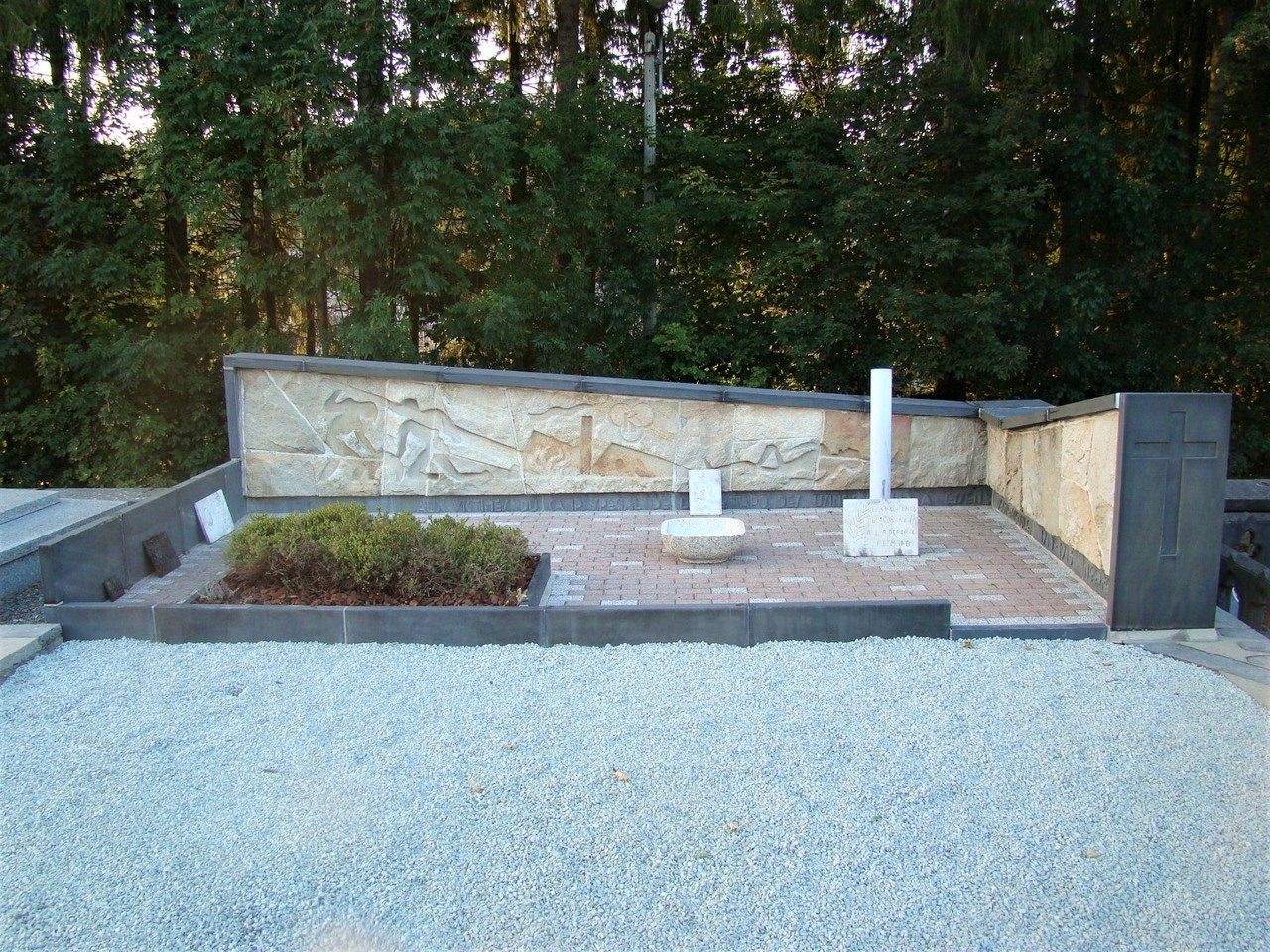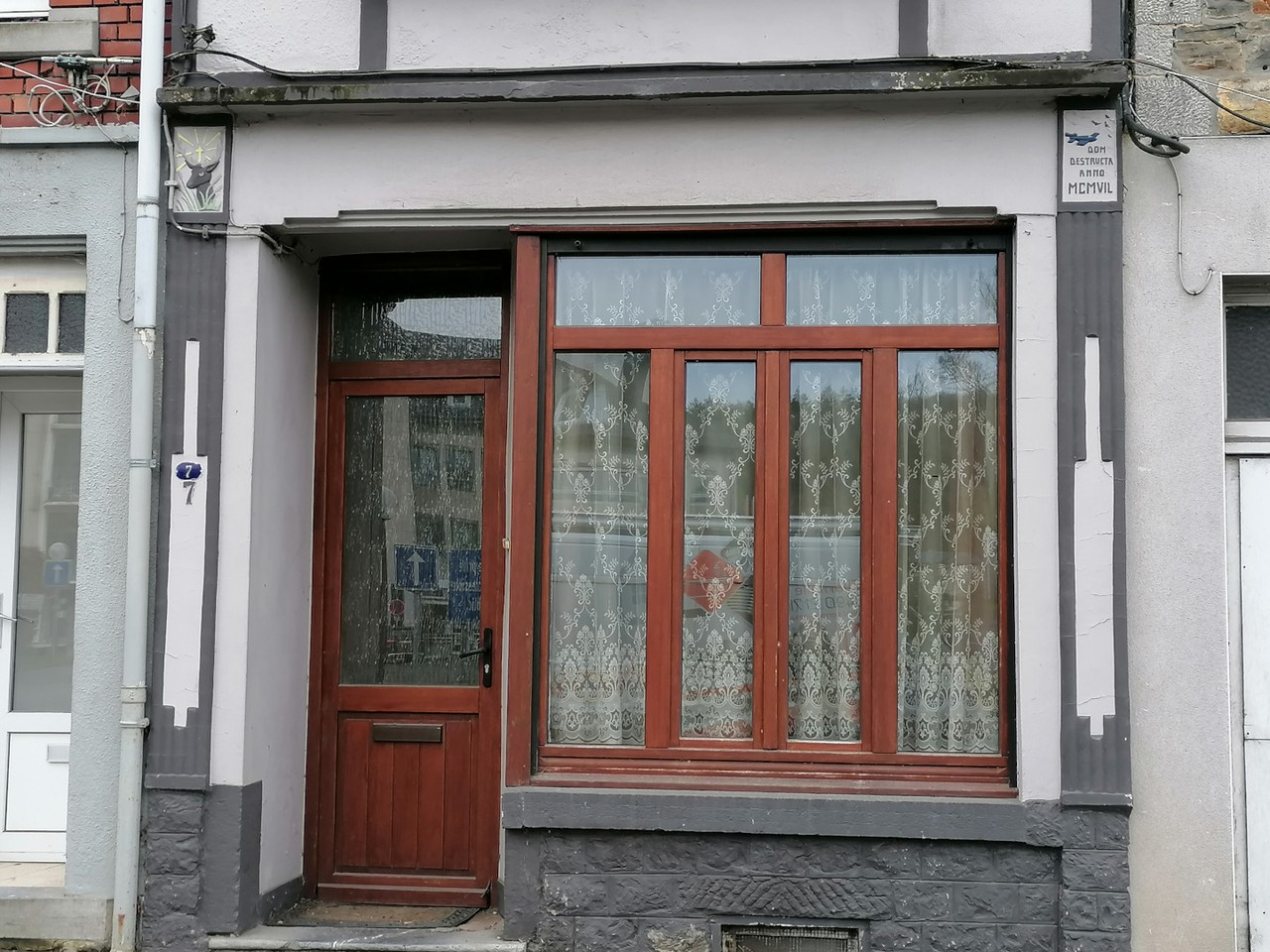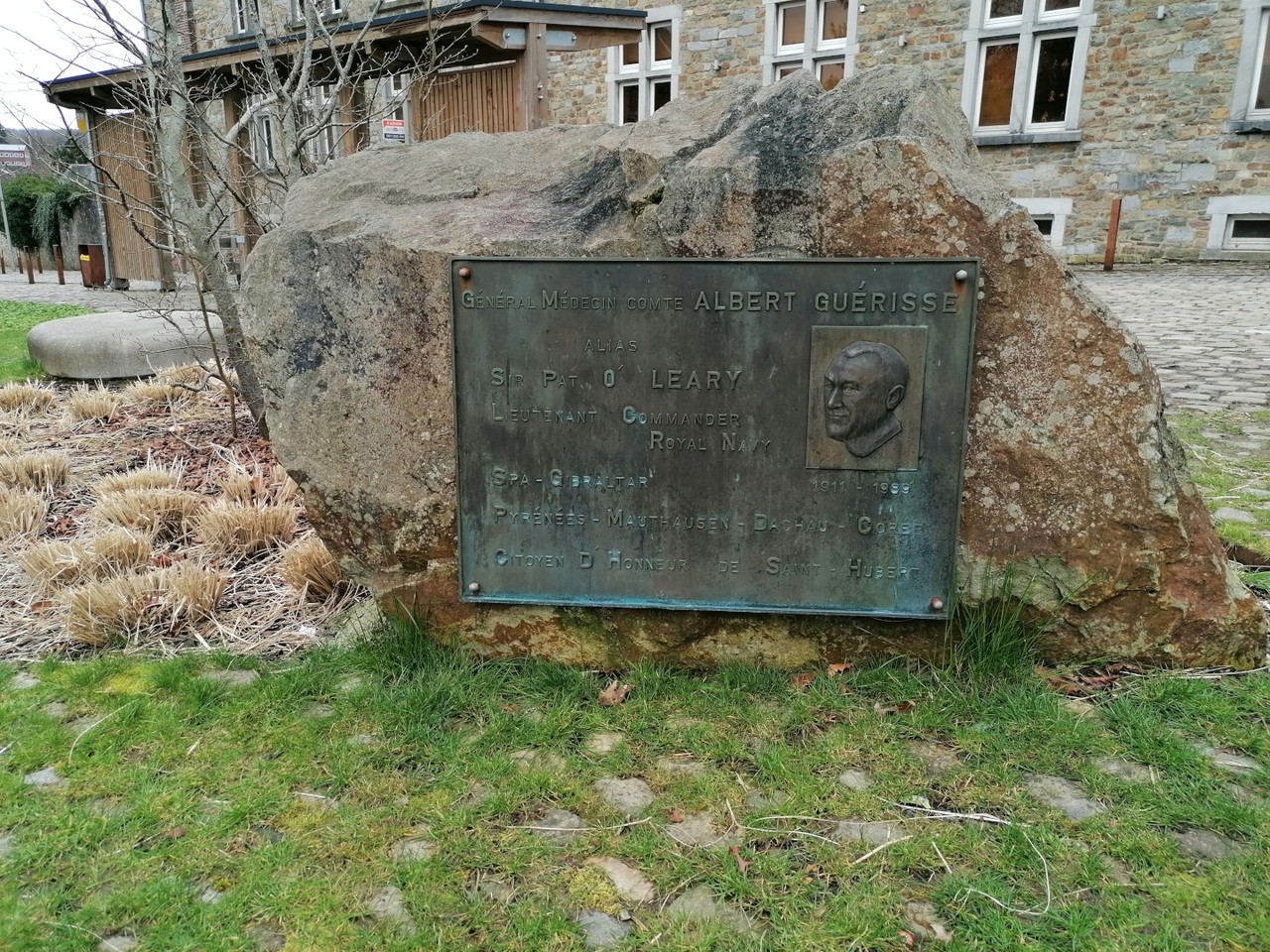The fall of the Halifax HR 872 LQ-K
Belgia
Oznacz
Plan
Udostępnij
Trasa
On the site, a cast-iron cross and a commemorative stele pay tribute to the 7 airmen who died when Halifax HR 872 LQ-K went down.
On the night of 9 to 10 August 1943 at 10:52, some 457 aircraft took off from Gransden Lodge airport in England bound for Germany to bomb the city of Mannheim.
Among these aircraft was Halifax HR 872 LQ-K belonging to 405 Squadron RCAF, with pilot Kenneth Gray and 6 other airmen on board: Douglas Black, Allan Middleton, James Evans, Henry King, Charles Pickering and James Hanna.
In the skies over Saint-Hubert, the Halifax was targeted by a Messerschmitt BF 110 piloted by German army second lieutenant Norbert Pietrek. The latter concentrated his firepower between the two engines on the right wing of the aircraft, where the fuel tanks were located.
During this duel, the wing of the Halifax caught fire and separated from the aircraft. Now out of control, the bomber began its fatal descent and came down weighed down with tonnes of bombs.
The inhabitants, alerted by the explosion, discovered a very sad sight: debris from the aircraft on the ground, clothes and shreds of flesh hanging in the trees. None of the 7 crew members survived.
A few days after the Halifax went down, on 12 August 1943, the inhabitants of Awenne placed a cast-iron cross recovered from the village cemetery at the site of the crash.
In 2012, the municipality of Saint-Hubert and the staff of the Domaine Provincial de Mirwart set up the memorial. The inauguration took place in the presence of 32 members of the families of the 7 airmen (one Scotsman and six Canadians), who travelled to the Florennes cemetery to pay their respects at the graves.
Treści stworzone z naszym partnerem

Adres
6870 Saint-Hubert






